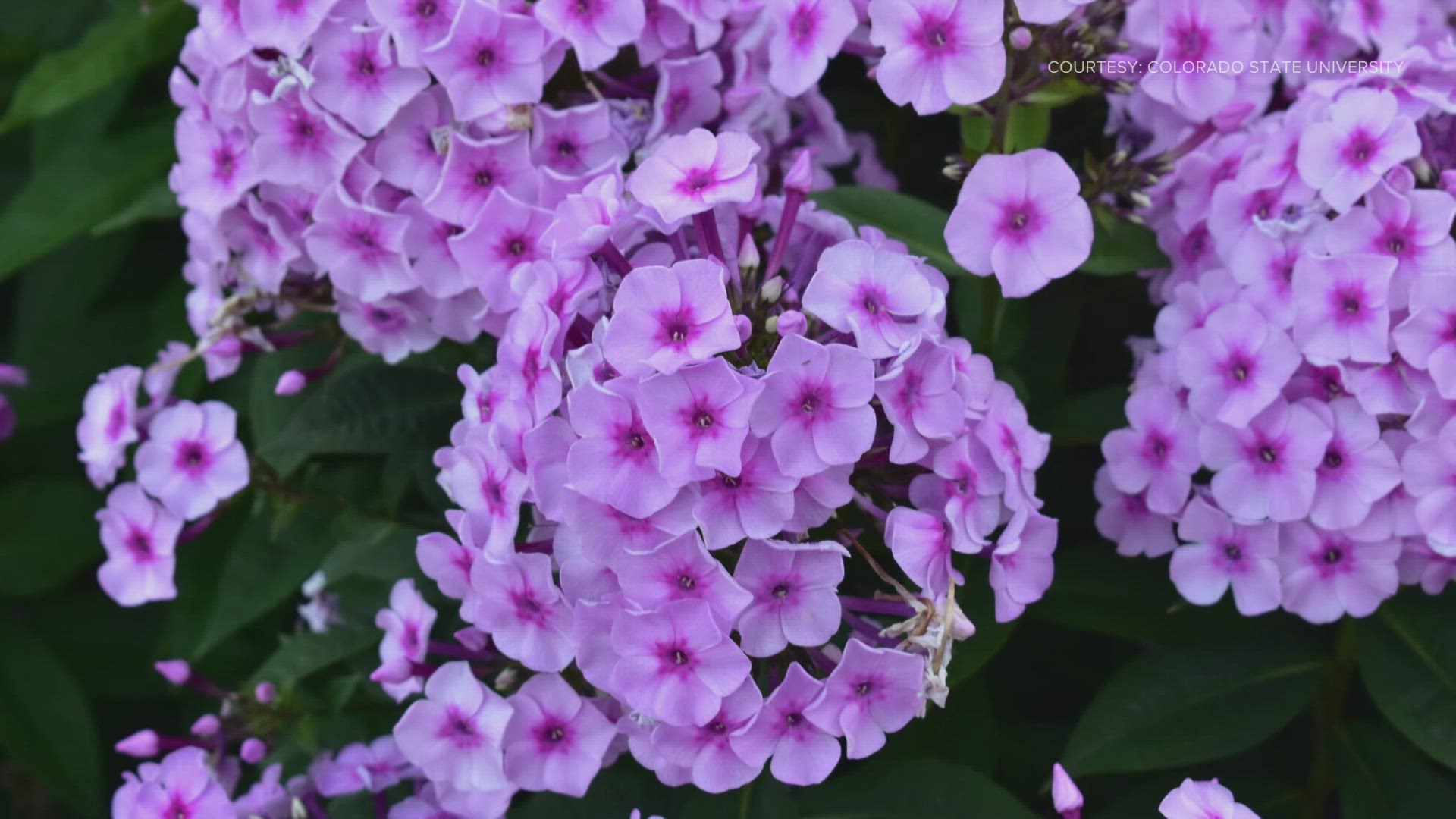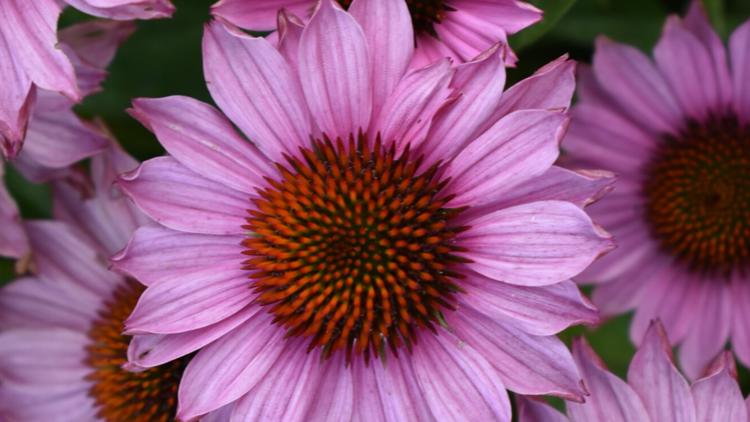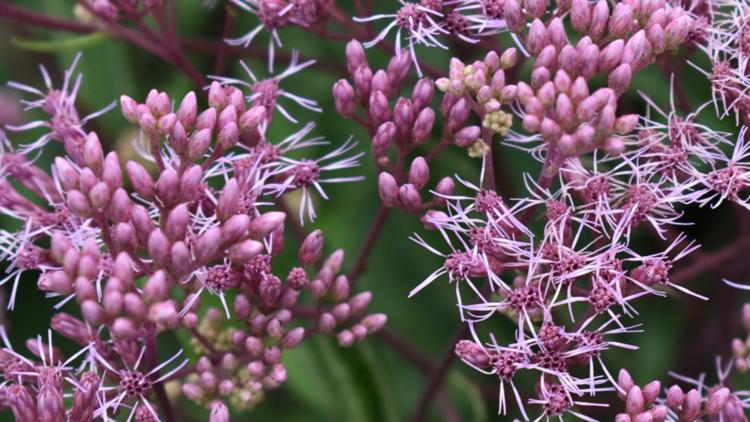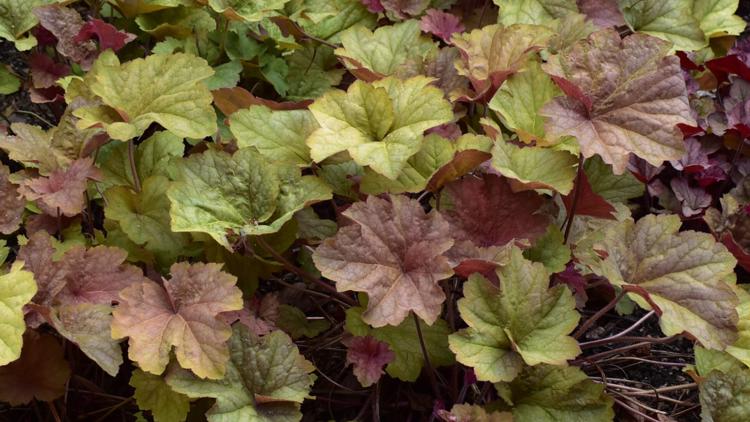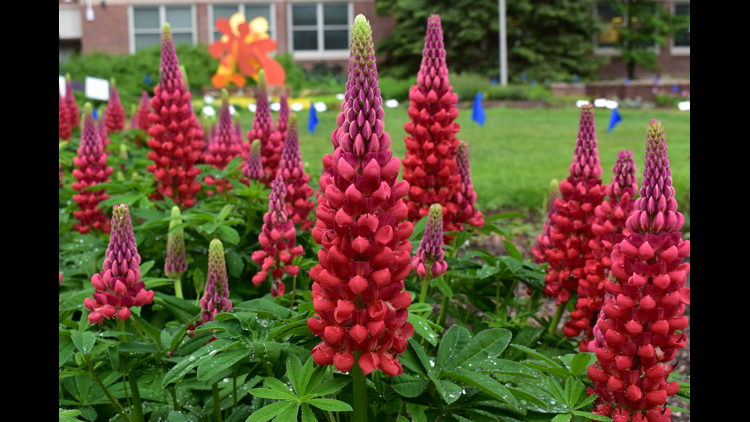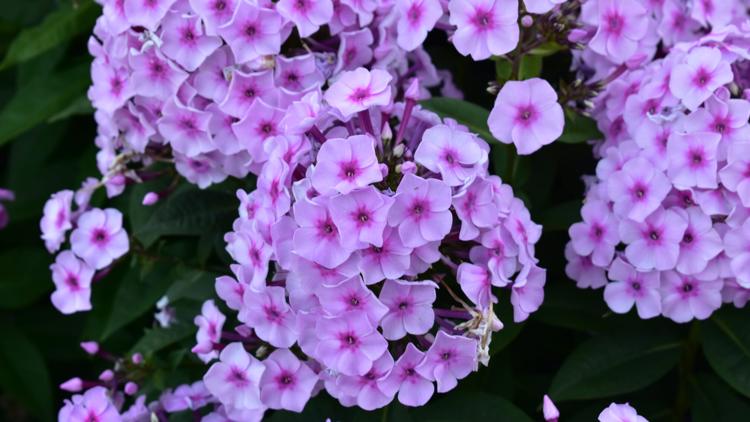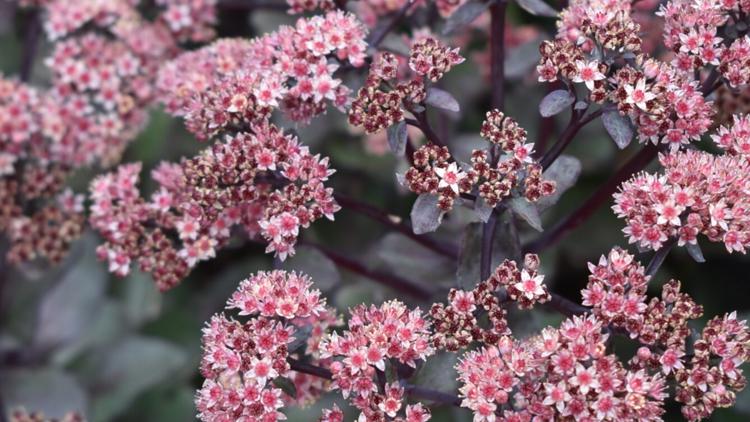FORT COLLINS, Colo. — What would happen if you mixed '"Big Top Caramel Apple" with "Ka-Pow Soft Pink", add a splash of "Beefeater" and "Rock 'N Grow Back in Black?"
No, it's not a new cocktail. But you might have the best danged garden in Colorado.
Those are a few of the plants that were chosen as top performing perennials for conditions in the Rocky Mountains, according to a study done by researchers at Colorado State University's trial garden.
The university said the plants were evaluated for their robustness, flowering ability, uniformity and the plants' ability to tolerate the stresses thrown its way by the unique environmental conditions presented by the Rocky Mountains.
The plants and flowers were grown and studied over three summers and two winters, CSU said. They were then rated on a 0-5 scale, with 0 meaning dead/no flowers and 5 meaning plants are healthy and uniform with impressive flowering.
The "Top Performers" were chosen based on their overall high ratings and then a committee of local horticultural pros met to discuss the results.
See the new perennials that thrive in the Rocky Mountain region
These are the descriptions written about the top performing perennials:
Brunnera ‘Alexandria’ TERRA NOVA® Nurseries
Beautiful silver, cordate leaves were very attractive all growing season creating dependable, bright spot of color in shady areas. Foliage was described as having less veining and were relatively thick giving it substance and creating a strong mat of silver leaves, great for contrasting with other plants, like darker leaved heucheras. During the early summer a delicate cloud of blue flowers creates a unique look in the garden.
Enchinacea ‘SunMagic Vintage Fuchsia’
This coneflower was noted for their impressive ‘flower power’, providing showstopping color for two solid months. The attractive flowers were a bright and intense fuchsia-pink color, with the ray flowers being held horizontal topped with an intensely colored big “Hershey Kiss cone on top”. The darker cone and dark stems made a great contrast with the bright blooms. Plants had a very uniform growth habit and showed great winter survival.
Eupatorium ‘Little-Pye’
“Little” is somewhat relative with this native plant! Really, only in the first year, expect this plant to be ‘little’ and short at just over a foot tall. However, once established in the garden, one should expect ‘Little-Pye’ to grow to make a statement in the garden, reaching upwards of 6 feet tall. So, we wouldn’t recommend putting this in the front of the border…place it somewhere where it can fill out and reach for the sky. ‘Little-Pye’ makes for a beautiful show in late summer landscape, with blooms covering the canopy at its peak. And the inflorescences remained attractive after flowering, offering winter interest or potential use as a dried flower. Plants were very uniform with strong stems that held the impressive inflorescences from lodging. There was no evidence of any disease or insect problems. All this combined, makes the case for this plant being a low maintenance garden plant. Oh… and not to forget, this was a bee-magnet…They loved it!
Heuchera ‘Big Top Caramel Apple’
Who doesn’t like caramel apples?! This coral bell lives up to its name. The foliage changes color, as it matures through the season, providing early shades of green, almost Granny Smith Apple green, to hints of red and ultimately, overtones of caramel. Interest is also created with contrasting colors on the underside of the leaf which is a distinct burgundy color. Plants are vigorous and relatively large creating a big canopy hence the name. Small flowers gave it a more naturalized appearance great for use in a woodland garden. Winter survival was perfect after two Colorado winters. Are you hungry for this plant yet?
Lupinus x ‘Beefeater’
Just like the guards at the Tower of London, you can’t miss the vibrant colors of this garden classic. The intense, vibrant cherry red color that holds up well in the sun with no fading, along with the large spires easily make this a “Wow” plant from across the garden! The sheer number of blooms set this apart from other lupines and the flower stems were sturdy, without any lodging over the flowering periods. This selection bloomed more profusely in full sun. Don’t miss out on this one.
Phlox paniculata ‘Ka-Pow® Soft Pink’
Can one have a perennial border without a phlox? Here’s another great, reliable performer from the ‘Ka-Pow®’ series. Other selections from the series have been note for their flower power and ‘Soft Pink’ was no different. The flower panicles covered the foliage with a beautiful canopy of medium soft pink florets with a deeper pink eye, creating an impressive display with a long bloom season. The less than two-foot-tall plants had excellent branching without any pinching necessary. This selection also proved to be very resistant to powdery mildew. If you want to pack a punch in your perennial border, certainly consider ‘Ka-Pow® Soft Pink’!
Sedum ‘Rock ‘N Grow® Back in Black’
Crank up the volume with this sedum. The foliage on this sedum is so dark at times, it almost appears black. That dark foliage makes for a great contrast to the late summer, deep red and cream flower heads. This is a great resource for sustaining pollinators late in the season. The uniform plants are attractive as well as being low maintenance and a good water conserving choice for the western garden. During 2023 it tolerated unusually heavy rains and was adaptable to multiple sites. Use this plant in the border to contrast with the other foliage and flowers in the landscapes. Put some beat into your landscape with ‘Back in Black.”
SUGGESTED VIDEOS: Home, yard and garden tips

